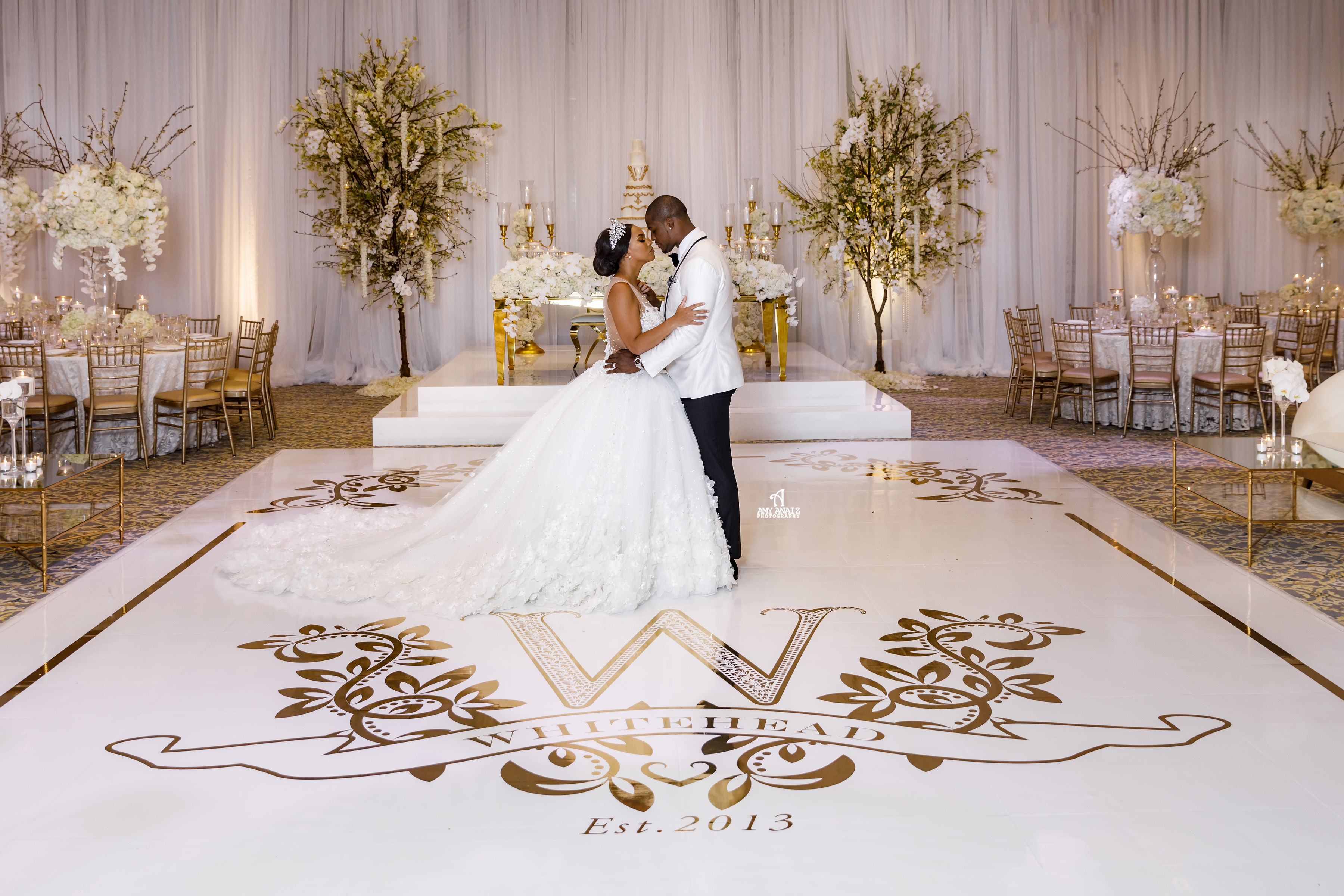Selecting the Best Substances for Creating a Robust and Safe Open-Air Dance Platform
Selecting the right materials for constructing a long-lasting and secure external performance floor is essential for guaranteeing an pleasurable experience. Outdoor movement floors must endure diverse weather conditions while providing a firm surface for dancers and attendees. Thus, it is important to consider factors such as material durability, safety features, and maintenance requirements when making choices. This guide will explore several appropriate options and their benefits in creating an outdoor dance floor.
One common choice for outdoor dance floors is wood. Wood provides a traditional and inviting appearance that many consider attractive. Solid woods like maple or ash are particularly favored due to their durability and ability to absorb impact, which can safeguard dancers’ ligaments. Additionally, timber has inherent anti-slip qualities when treated correctly, minimizing the risk of accidents. However, maintaining a timber dance floor requires regular coating and resurfacing to shield it from moisture and UV exposure, making it essential to consider the climate in which the floor will be placed.

Another viable alternative is composite materials, which blend wood fibers with plastic. These composites are engineered to be resistant to moisture, mildew, and discoloration from sunlight. Composite dance floors provide longevity comparable to conventional wood without the intensive maintenance. They are less susceptible to warping and cracking than wooden floors when subjected to extreme outdoor conditions. Furthermore, composite surfaces often outdoor dance floor rentals have built-in slip resistance features, making them a safer choice for outdoor occasions.
For those looking for a more contemporary approach, interlocking tiles made of polyvinyl chloride or rubber are excellent options. These tiles are crafted for easy installation and can be rearranged or replaced as needed. The versatility of using interlocking tiles permits rapid setup and disassembly, making them ideal for short-term dance venues or gatherings. Moreover, these flooring types provide shock absorption that enhances comfort while dancing and minimizes the risk of injuries caused by falls. The non-porous nature of PVC and rubber also helps prevent water penetration, additionally extending the lifespan of the dance surface.
Ultimately, it is vital to consider the location and intended use of the outdoor dance floor when selecting materials. For instance, if the dance floor will be situated in a high-traffic area or exposed to harsh weather regularly, choosing robust surfaces that require low upkeep will be important. On the other hand, for lighter use or in more protected areas, less heavy materials may suffice. In any case, prioritizing safety features such as traction and shock absorption should remain at the forefront of planning.
In click for source conclusion, building a long-lasting and secure outdoor dance floor requires thoughtful assessment of diverse solutions appropriate for different environments and purposes. Wood provides classic beauty but demands consistent care; engineered composites blend appearance with durability; modular flooring offer adaptability and convenience. At the end of the day, identifying the specific requirements of the dance floor's intended use will inform material selection toward selecting the most suitable solution for an satisfying and secure dancing experience in outdoor spaces.